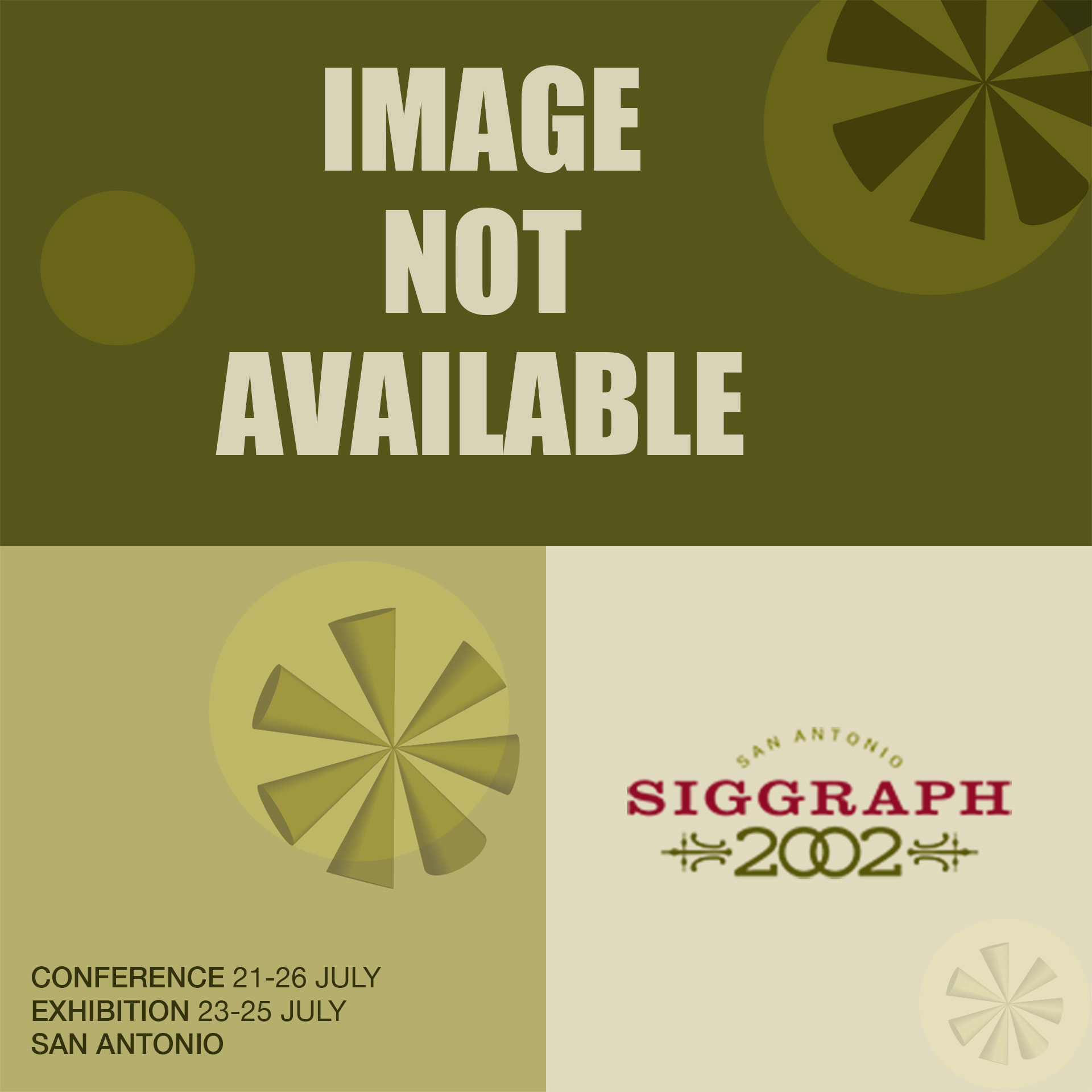“Using the virtual terrain project to plan real cities: alternative futures for Hangzhou, China” by Flaxman
Conference:
Interest Area:
- Application
Title:
- Using the virtual terrain project to plan real cities: alternative futures for Hangzhou, China
Session/Category Title: Applications
Presenter(s)/Author(s):
Abstract:
Traditional architectural software tools are well suited to individual building design, but don’t scale up well to large landscapes and cities. In city and regional planning applications, it is important to visualize city blocks and neighborhoods, a task which requires integration of data from geographic information systems and 3D surface models from CAD. However, the development of semantically and visually rich real-time representations of cities and large landscapes has proven difficult. Two major problems are the acquisition of appropriate data, and the volume of data once acquired. A typical city or suburban landscape may have thousands of streets, tens of thousands of buildings, and hundreds of thousands of trees and bushes. Three dimensional data specifically describing all of these objects is not usually available, and visual simulations must be based on abstract classifications originally developed for entirely different purposes, such as tax assessor’s databases or generalized vegetation maps.
References:
1. Discoe, B. The Virtual Terrain Project website. http://www.vterrain.org
2. Steinitz, C. et al. Alternative Futures for Hangzhou, China. Harvard Graduate School of Design report. 2002.





